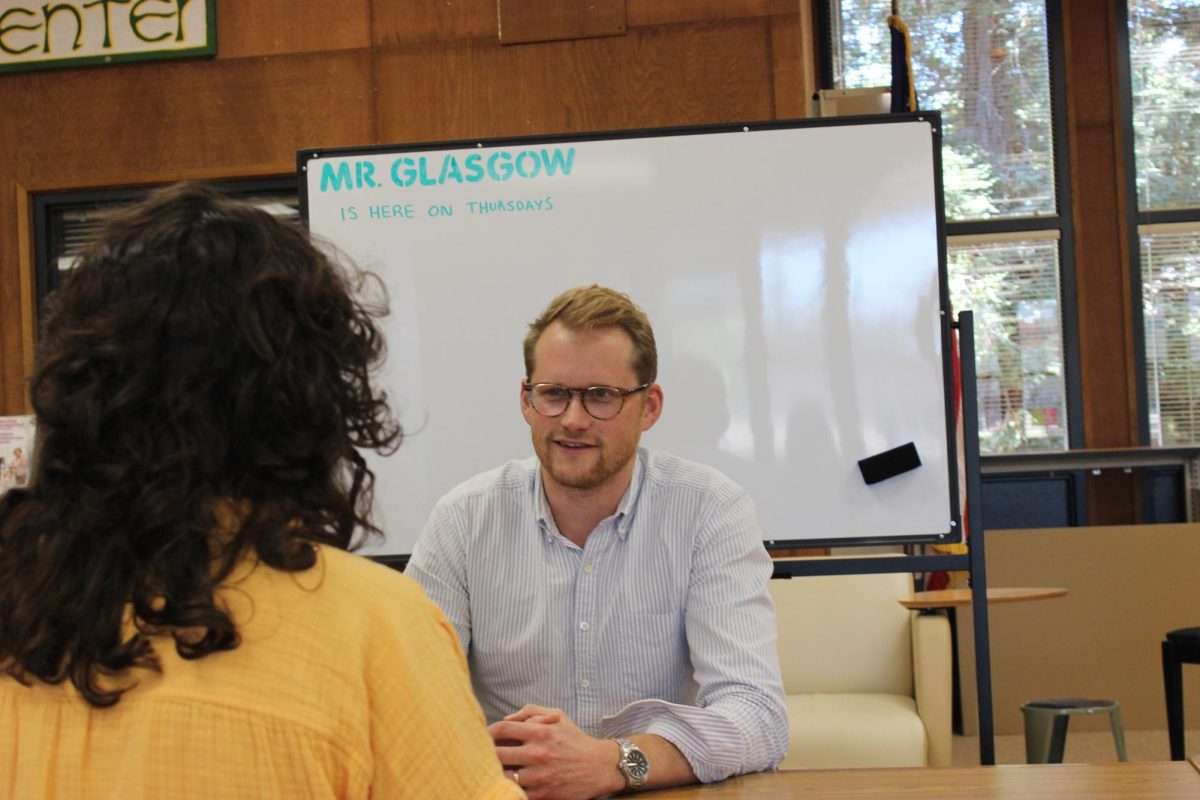PG&E has issued many potential power shutoffs for Marin County from September through December. When weather causes a fire risk in any particular region, red flag warnings and high wind warnings are issued by the National Weather Service.
Fires, such as the Kincade fire in Geyserville, raised awareness for a shutoff. High wind patterns throughout the Bay Area could contribute to the rapidly spreading fires and cause more.
During late September and early October, red flag warnings were announced for Marin, but these did not affect NUSD.
On October 26, at 1:40 p.m., the Marin County Sheriff’s Office sent a notification to most phones informing the public that there would be a Public Safety Power Shutoff (PSPS). The shutoff occurred as early as 4:00 p.m. Some areas lost power later in the evening, as PG&E wanted to delay inconvenience as much as possible. That same day, over 123,000 buildings in Marin County had lost power.
NUSD sent an email around 5:00 p.m. on Saturday, October 26. The email explained that the power was not planning to be restored and the district was waiting for further notice for the next few days. A separate email was sent on October 27th, explaining that the district would officially close school for Tuesday and Wednesday because the weather conditions were expected to include high winds and low humidity.
On October 30th, 95% of affected areas in Marin County had their power restored by 9:15 a.m. Only 11 customers were estimated to not have power that day.
Math teacher Susan Taggard had a story of her own to share about her experience with the fire. Her sister’s house in Healdsburg burned down.
“My sister was in Colorado and flew over Healdsburg and saw the fires,” said Taggard. “My mother’s house was saved, she lived in a guest house with my sister. Firefighters went in and saved a painting and my niece’s four lacrosse sticks, which was very important to my sister and niece.”
Taggard said that she has been doing her best to help her sister out.
“I’ve been mission control, trying to feed information to my family,” she said. “My sister has been ordering things online and I have a staging room for everything that I receive. I’m really at her beck and call, I just want to support her…It’s so painful and so destructive, and in the end there has to be a reason. There’s a lot of memories.”
Taggard said that she plans to go to her sister’s house during a weekend with her sister, mother, and a firefighter as an escort. Their plan is to salvage anything they find from the burned house.
The power shutoff brought up questions about what would happen if the power went out during school hours. For example, World History and AP European History teacher Robert Watson would have possible complications due to his windowless classroom.
“My cave has two skylights so when the power goes out I’m better off than most.” Watson would still have the capability to teach because all the World and AP European History classes have textbooks.
Watson said that if it were cloudy that day, he would have to improvise.
“I’d guess we’d go outside or use the flashlights on our phones,” Watson said.
Science buildings would face difficulties with preserving dissection animals in fridges without power. During the PSPS, the animals were left in the fridge.
“They (dissection animals) lasted due to the preservatives,” science teacher Jennifer Carlomagno said. “Because the fridge was closed, it still kept cold.”
Teachers that rely on technology for instruction would also have trouble during an outage. Health teacher Cory Boyd uses Google Forms daily as guided notes for his students. If the power went out, he would have to change his plans.
“I would have to think really hard to keep the students engaged without technology,” Boyd said.“Technology is cool and all, but at the end of the day it’s nice to remember that I have to teach.”



































